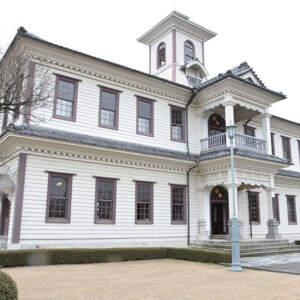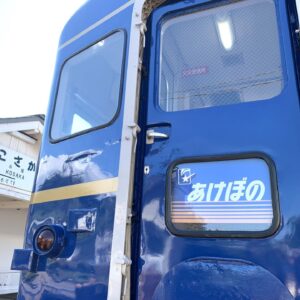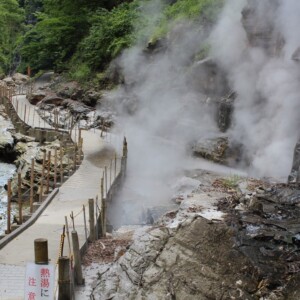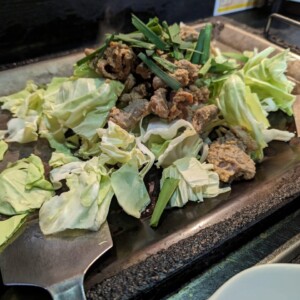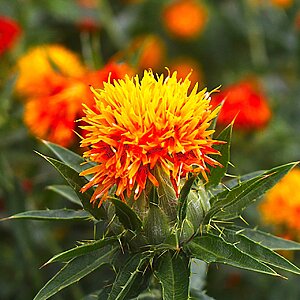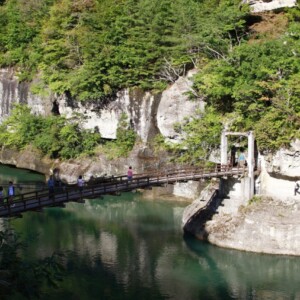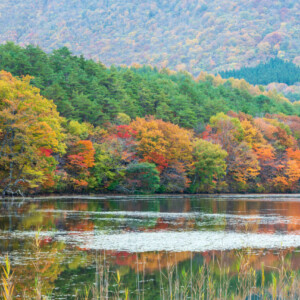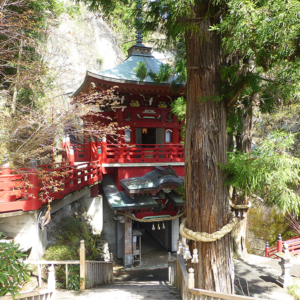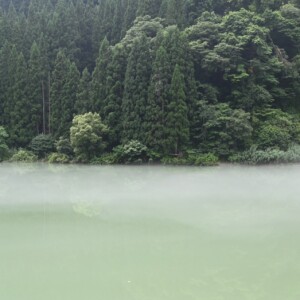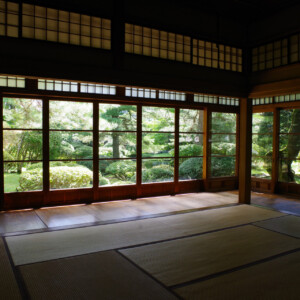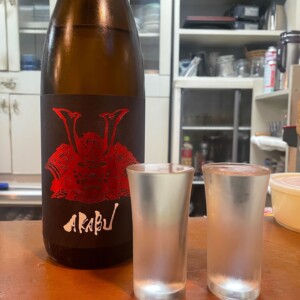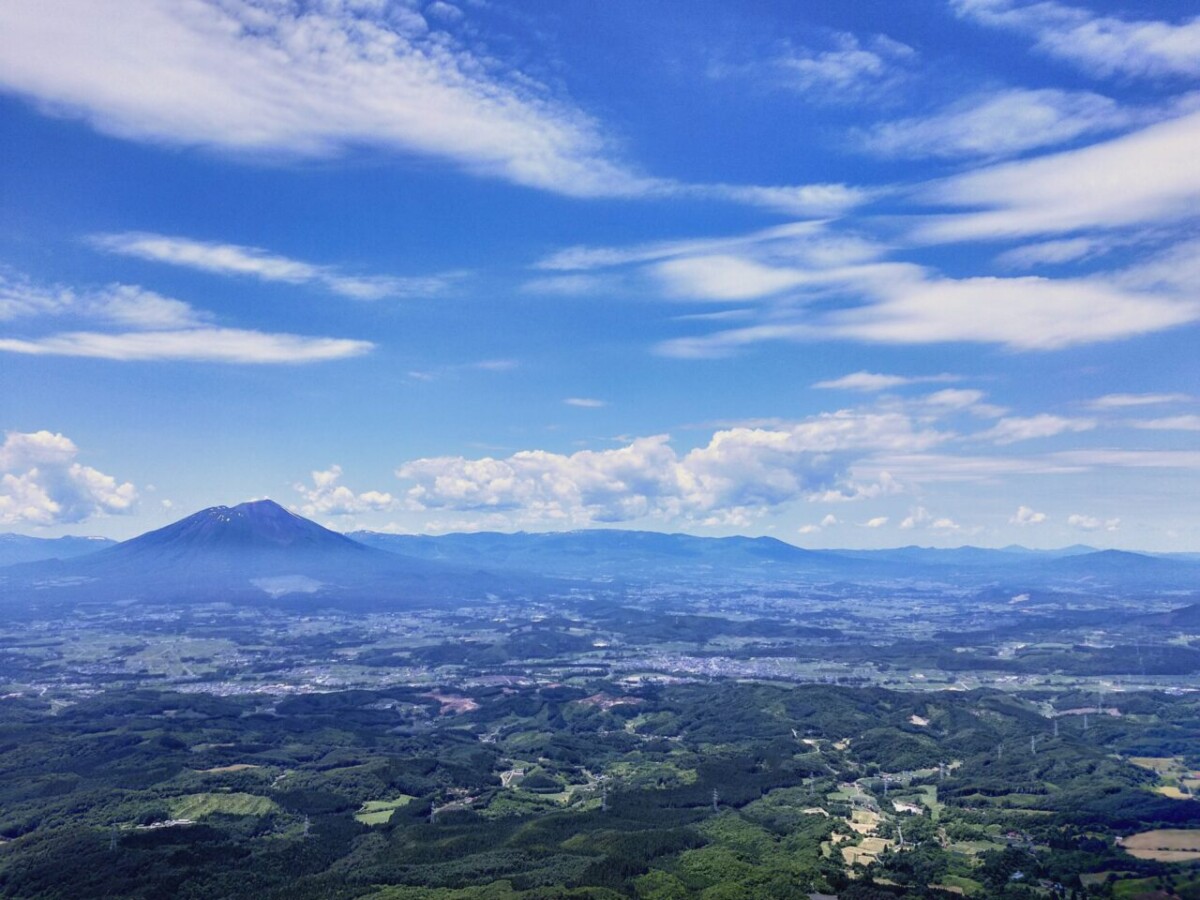
[Iwate Prefecture] Why is Iwate/Morioka called that? Find out the origin of place names!
table of contents
Iwate Prefecture is full of sights and attractions, including food culture such as Wankosoba, Morioka Reimen, and Jajamen, as well as historical heritage sites such as Motsu-ji Temple and Chuson-ji Temple, but have you ever wondered why Iwate Prefecture was named after Iwate?
Many people may know the names of places in Iwate Prefecture and Morioka City, but may not know the history behind these names. In this article, we will introduce the origins of the names of Iwate and Morioka, as well as the history of how present-day Iwate Prefecture was born
The origin of the place name "Iwate"
The origin of Iwate is connected to ancient legends. There are several theories, but this time we will introduce the story of "Mitsuishi-sama and the Rakshas Demon," which is often mentioned
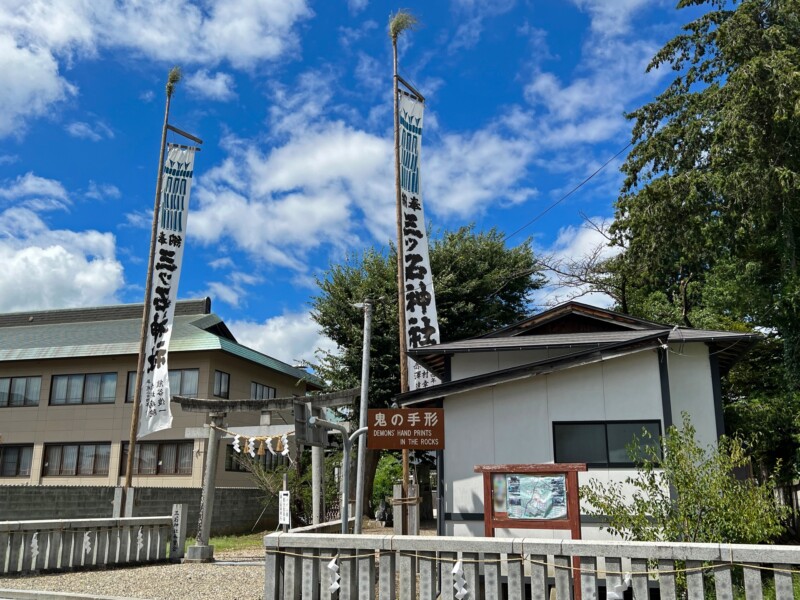
Mitsuishi Shrine in Mitsuwari, Morioka City, has three large rocks with sacred ropes tied to them. The three rocks are believed to have been blown here by the eruption of Mount Iwate, and are worshipped by people under the name "Mitsuishi-sama."
In the past, a demon called Rakshasa Oni was causing trouble for the villagers and travelers, so they asked Mitsuishi-sama to punish the demon. The god then bound the demon to three large rocks
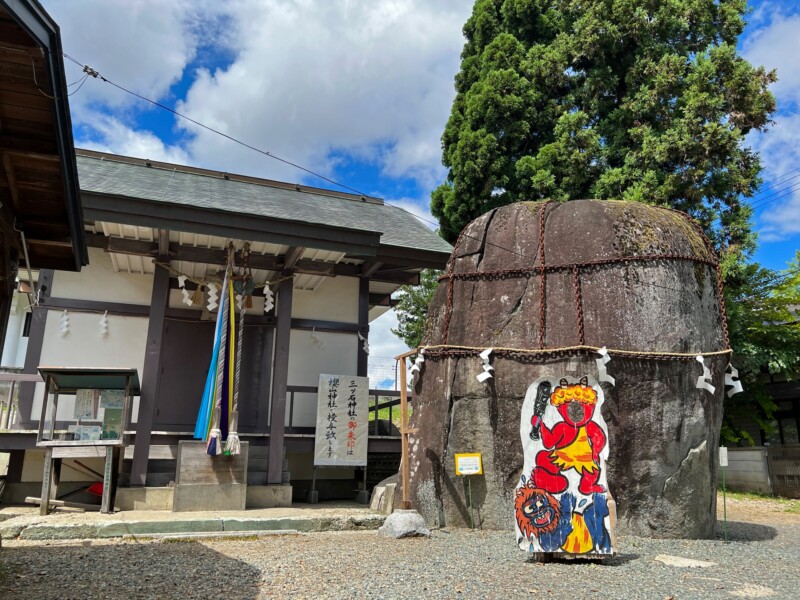
The demon was shocked and promised not to cause any more mischief, so Lord Mitsuishi ordered him to leave a proof that he would never cause any more mischief. It is said that the demon left his handprint on the stone and fled beyond Mount Nanchang
This is the legend, and it seems that the place name "Iwate" came from "handprints left on the rocks." Even now, it is said that you can still see a faint silhouette of a handprint after it rains
The origin of the place name "Morioka"
There are several theories about the origin of Morioka, but this time we will introduce the most likely story that it was a name change due to the relocation of the castle
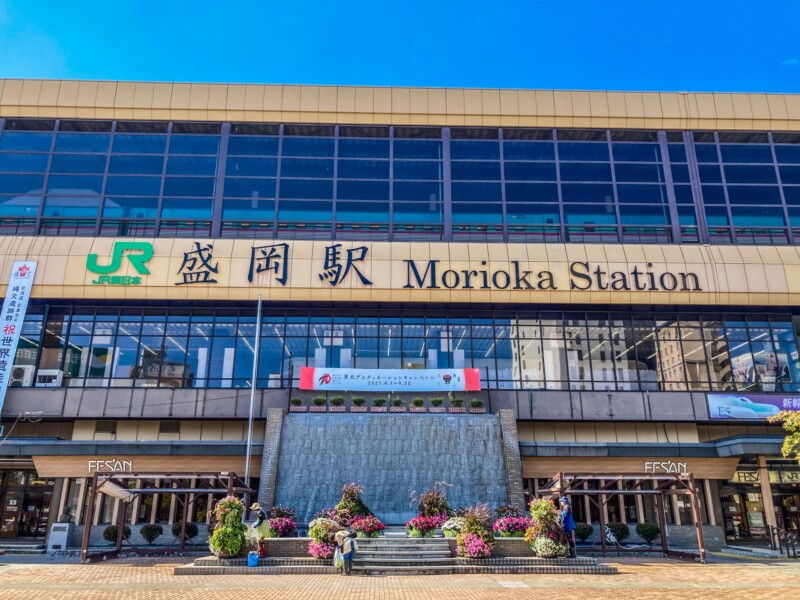
Around 1615 during the Edo period, when the Nanbu clan moved their castle to Kozukata, which is now Morioka, they changed the name to Morigaoka, as the meaning of "a land with very few people coming" was considered unlucky
Later, Morigaoka changed to "Morioka," and then "Mori," which sounds the same as "mori" and means to be excited, was adopted, and the name became Morioka, a "prosperous and flourishing hill."
The journey from Morioka Prefecture to Iwate Prefecture
Iwate Prefecture has a long history before it became what it is today. We will start with the Edo period, when the name Morioka first appeared
During the Edo period, the northern part of present-day Iwate Prefecture was ruled by the Nanbu clan of Morioka Domain and Hachinohe Domain, while the southern part was ruled by the Date clan of Sendai Domain and Ichinoseki Domain
However, with the end of the Edo period approaching and the outbreak of the Boshin War (1868), the situation began to change. The domains of Mutsu, Dewa, and Echigo formed the Oshu-Uetsu Alliance to rebel against the Meiji government, and fought in the Boshin War, but were defeated. The Iwate region came under the jurisdiction of the new Meiji government
Then, in July 1870, due to financial difficulties, Morioka Domain was the first in Japan to abolish domains and establish prefectures, becoming Morioka Prefecture. Over the next year and a half, there were repeated mergers and name changes, and in January 1872, Morioka Prefecture was renamed Iwate Prefecture. Finally, in May 1876 (Meiji 9), the current prefectural boundaries were decided
3 Spots to Learn About the Origins of Iwate Prefecture
We'll introduce three must-visit spots for anyone interested in the history of Iwate Prefecture and Morioka City. It's even more fascinating when you see the history for yourself
Iwate Prefectural Museum
Iwate Prefectural Museum is a facility where you can learn about the natural and cultural history of Iwate Prefecture through materials on geology, archaeology, history, folklore, biology, etc. At the "Iwate's History" booth, you can learn about the history of Iwate Prefecture from ancient to modern times by looking at valuable exhibits
In addition, every Sunday from 1pm to 2pm, there are also hands-on events for children, such as "making fossil replicas" and "making earthenware," so it is recommended to visit with the whole family
Iwate Prefectural Museum <Information>
- Name: Iwate Prefectural Museum
- Address: 34 Ueda Matsuyashiki, Morioka City, Iwate Prefecture
- Business hours: Tuesday to Sunday 9:30 to 16:30
- Phone number: 019-661-2831
- Official URL: Iwate Prefectural Museum
Google Maps
Morioka History and Culture Museum
This facility allows you to learn about the history of the castle town of Morioka. It houses exhibits that give a glimpse into what life was like before Morioka Castle was built and the lives of people in the Edo period
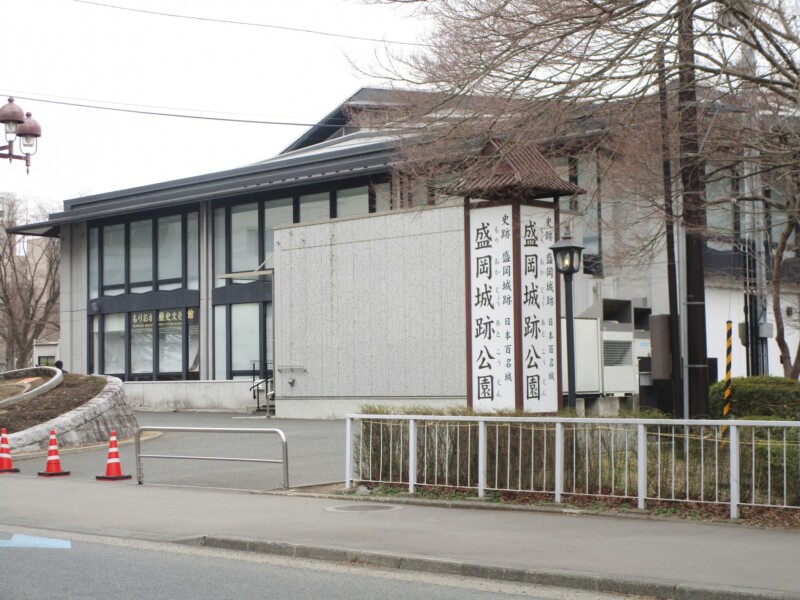
In addition to the materials, other fascinating exhibits include a life-size model of Morioka's traditional festival, Chagu Chagu Umakko, and a booth that recreates a town house from the Morioka domain era
Morioka History and Culture Museum <Information>
- Name: Morioka History and Culture Museum
- Address: 1-50 Uchimaru, Morioka City, Iwate Prefecture
- Business hours: 9:00-19:00
- Phone number: 019-681-2100
- Official URL: Morioka History and Culture Museum
Google Maps
Morioka Castle Ruins
The castle itself no longer exists, but the stone walls and moat remain. The area around the castle ruins has been turned into a park, so we recommend taking a leisurely stroll and immersing yourself in history
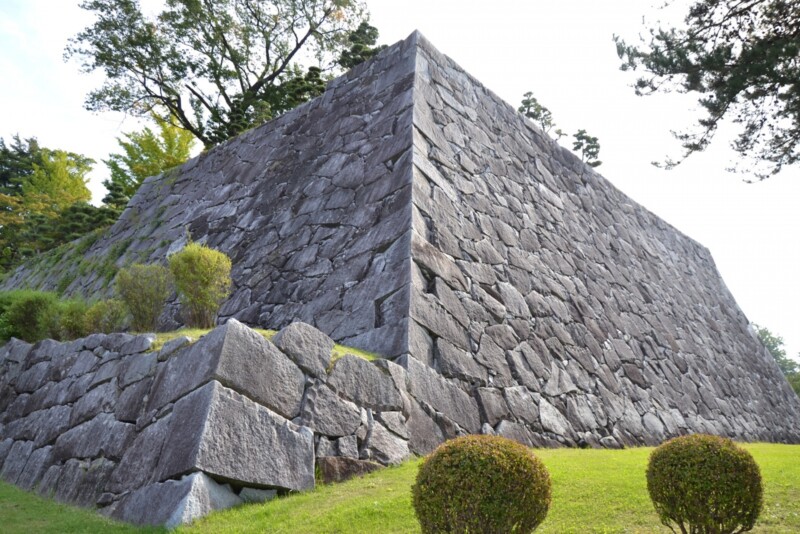
The summit is also a great photo spot with a panoramic view of Morioka city
Morioka Castle Ruins Park <Information>
- Name: Morioka Castle Ruins Park
- Address: 1-37 Uchimaru, Morioka City, Iwate Prefecture
- Business hours:
- Phone number: 019-639-9057
- Official URL: Morioka Castle Ruins
Google Maps
Take a trip to experience the history of Morioka, Iwate
This time, we introduced the origins of the place names Iwate and Morioka, as well as the history of the birth of present-day Iwate Prefecture. Place names hide ancient legends and the history of castle construction
If you are interested in the origins of Iwate Prefecture, why not embark on a historical journey by walking around the area and seeing it with your own eyes?


![[Morioka City, Iwate Prefecture] Must-see soul food “Morioka Reimen”! Introducing the history, recommended stores, and order information Morioka cold noodles①](https://jp.neft.asia/wp-content/uploads/2022/05/22814497_m-150x150.jpg)
![[JR East Pass Trip: Day 2 Part 1] I'm already turning back to Iwate. Our goal is Hiraizumi, a town of history! Shinkansen platform near Akita Station](https://jp.neft.asia/wp-content/uploads/2022/12/IMG_3940-1200x900-1-150x150.jpg)
![What is "vinegar base"? Pitcher Sasaki Roki's favorite local seasoning [Iwate Prefecture] 20221125_110136](https://jp.neft.asia/wp-content/uploads/2022/11/20221125_110136-150x150.jpg)
![Did you know he has five siblings? A deep look at Iwate's local mascot Sobatchi and his dog siblings! [Iwate Prefecture] dog siblings](https://jp.neft.asia/wp-content/uploads/2024/07/WankoKyodai3-150x150.jpg)
![Introducing the charms of Morioka City, which was selected as the world's second most travel destination by the New York Times, from a local perspective [Iwate Prefecture] Morioka (Iwayama)](https://jp.neft.asia/wp-content/uploads/2023/01/895dcdb8a90025b6243ca26c287f251c-150x150.jpg)
![[Morioka City, Iwate Prefecture] “monaka” has opened in Sasamachi, in the middle of Morioka! Tenants on the 2nd and 3rd floors that add color to gourmet food and life Monaca Catch 4](https://jp.neft.asia/wp-content/uploads/2024/07/491c4385b167a67bd2fd777e8702ee05-150x150.jpg)
![We'll dig deeper into the charm of Morioka! 7 recommended soul foods for locals! [Iwate Prefecture] Morioka Station](https://jp.neft.asia/wp-content/uploads/2023/02/b9706fb372e957923ccd1f6915515b7d-150x150.jpg)
![[Morioka City, Iwate Prefecture] Wanko Soba? Or cold noodles? Famous restaurants in Morioka City where you can enjoy local specialties! 07f2925e8186367aef1f9a04b7335be1_m](https://jp.neft.asia/wp-content/uploads/2017/04/07f2925e8186367aef1f9a04b7335be1_m-150x150.png)
